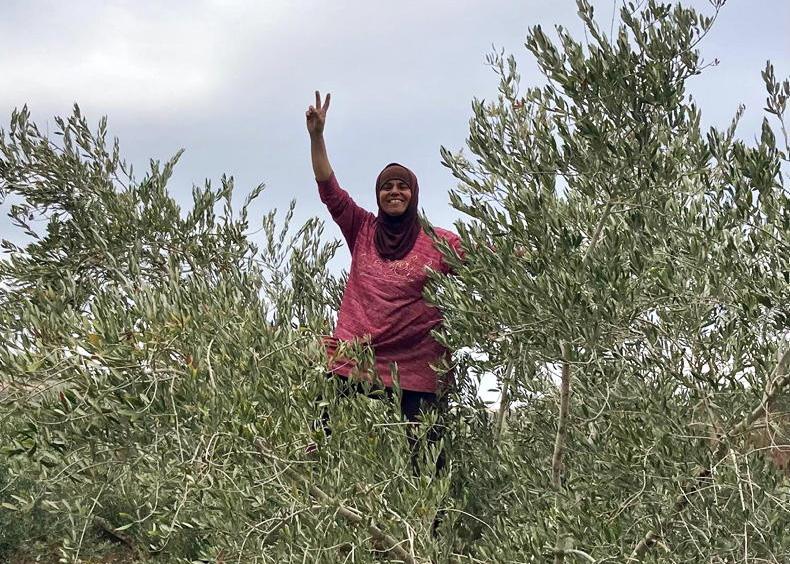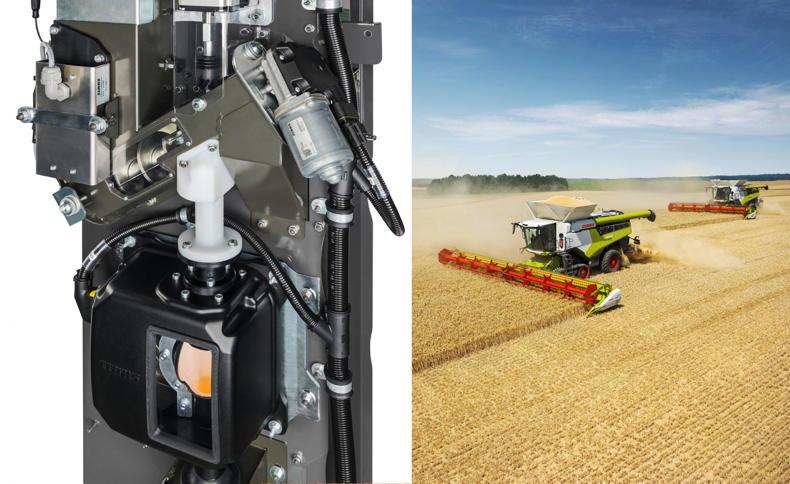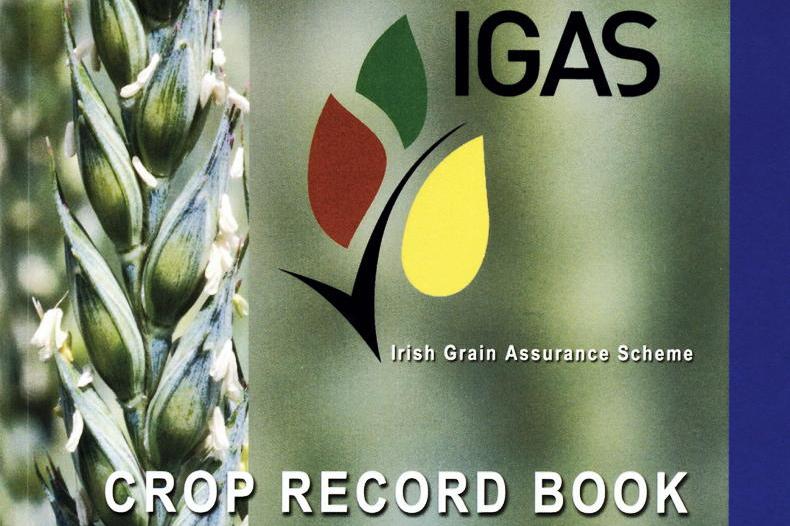Harvest: The harvest continues to be a struggle. The last few days did help to get work done, but there was no great drying out. The longer crops that are ripe sit in fields, the more at risk to breakdown and sprouting they are, so take the opportunities you can to cut – at higher moistures if needed, keeping under specifications of course. For example, Boortmalt suppliers need to deliver barley under 21.5% moisture content.
Straw has remained on the ground for weeks now in many places and dry days together are needed in order to get in this straw. Unfortunately, crops are now deteriorating and rotting into the ground in some cases. Straw is very valuable, so do not start to under sell it. Think of the time it is taking to save it.
There are a lot of lodged crops to be cut, which all need sunshine to get a good run at cutting.
Ground conditions: Ground conditions are far from ideal, with farmers now making tracks in fields where they are cutting in a number of places. Keep machinery off fields where possible and load trailers on laneways. Getting stuck will slow down work and making big tracks will not do your soil any good and will affect the next crop.
Second growth: There is a lot of second growth in crops at present, which means that when harvested, green grains are included. This brings up moisture content and reduces quality on the sample and can result in rejections in malting barley. Sunshine is needed to get rid of these grains, but, at present, it will take a long time for these plants to turn. However, it is worth trying to pick patches of fields that have less green grains than others and try to get a load that may pass for malting where possible. You could get paid more than €70/t extra for malting barley this season, so on a 10t trailer that’s €700. Glyphosate cannot be applied pre-harvest to crops unless there is a grass weed problem and is not allowed on any malting barley crops. Malting barley is being tested for traces of glyphosate and farmers who deliver barley with glyphosate could be liable if it contaminates grain in store.
Oilseed rape: Harvest should be the priority at present, but if ground conditions allow and weather isn’t suited to cutting or baling, then it may provide a chance to plant some oilseed rape, but there is plenty of time to plant.
Catch crops: On some of the days where you cannot cut, if conditions are right cultivate stubbles or plant catch crops where possible. The earlier these crops are sown the better for yield and nutrient uptake.
Remember that stubbles do not have to be cultivated for nitrates where a winter crop is to go in by 31 October and 25% of cereal stubbles can be left uncultivated. Crops cut before 4 August have a wider window for stubble cultivation and have 28 days to get the job done, which is still a difficult task.









SHARING OPTIONS